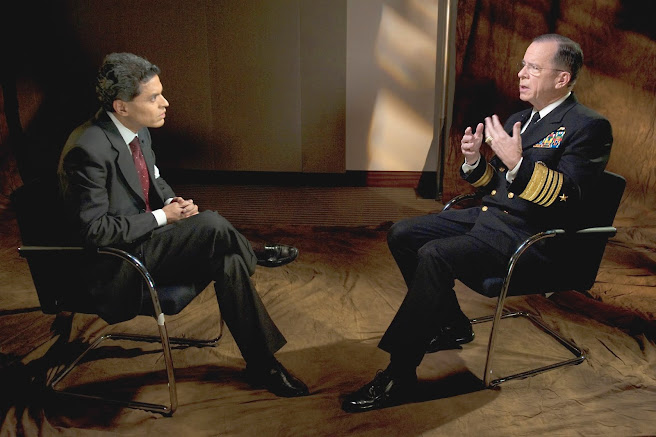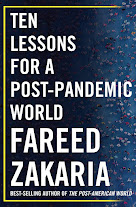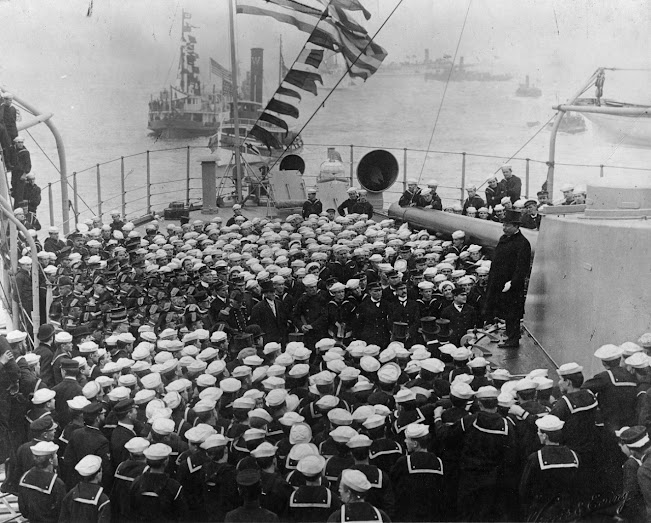Review by Bill Doughty
People in the Navy should not read “How to Be an Antiracist” by Ibram X. Kendi (One World, Random House; 2019). That’s the contention of some ultraconservatives, including writers at National Review, as well as several representatives in Congress. But –– like it or not, agree with it or not, and despite its many flaws –– this book is a thought-provoking treatise on the causes of inequity in society, possible remedies, and how to find common understanding.
In fact, Kendi does call racism and capitalism “conjoined twins.” He narrowly defines words and concepts, particularly of the nature of capitalism. And he looks at history with a backward telescope, equating capitalism with greed and exploitation only, starting with the original sin: slavery. He cites Prince Henry the Navigator, of Portugal, as the father of for-profit race-based slavery from Africa in the 1400s.
Because everything is seen through the slavery lens and a long legacy of exploitation of people of color, Kendi does not accept nuanced interpretation or social progression. He fails to see the value of an economic system that can be based both on the incentive of competition/success and accountability for ethical behavior/fairness. But he notes that pure socialism and communism are not the answer, noting that Cuba is not capitalist but is persistently racist. “Socialist and communist spaces are not automatically antiracist,” he says.
As Kendi reflects on the history of institutionalized and systemic racism, he leads the reader to think: Does the past have to be the future?
Not in Kendi’s case. He candidly shows how he has changed.
This book is part coming-of-age memoir and part opinions and obsessions. He admits to hating white people as a young man, even thinking for a time that white people are extraterrestrials. He shows how his views about feminism and homosexuality evolved to be more tolerant and then fully accepting.
Along his search for truth, Kendi writes in powerful syllogisms and trains of thought. His conclusions are often refreshing in interpreting the nature of racism and meaning of antiracism.
For example:
“To be antiracist is to reject not only the hierarchy of races but of race-genders [i.e., “black women”] To be feminist is to reject not only the hierarchy of genders but of race-genders. To truly be antiracist is to be feminist. To truly be feminist is to be antiracist.”
“We cannot be antiracist if we are homophobic or transphobic.”
“As long as the mind is racist, the mind can never be free … To be antiracist is to deracialize behavior, to remove the tattooed stereotype from every radicalized body. Behavior is something humans do, not races do.”
For Kendi, the point is equality and equity.
“To be antiracist is to champion resource equity by challenging the racist policies that produce resource inequity.”
“What if economic, political, or cultural self-interest drives racist policymakers, not hateful immorality, not ignorance?”
“To be an antiracist is to never mistake the antiracist hate of white racism for the racist hate of white people. To be an antiracist is to never conflate racist people with white people, knowing there are antiracist whites and racist non-whites.” [While Kendi capitalizes White and Black, we choose to use AP style lower case.]
“To be antiracist is to recognize the reality of biological equality, that skin color is as meaningless to our underlying humanity as the clothes we wear over that skin.”
But Kendi contradicts himself in some of his definitions and conclusions. He says a “biological antiracist” is “one who is expressing that the races are meaningfully the same in their biology and there are no genetic racial differences.” However, he demands people always see race. “The most threatening racist movement is not the alt-right’s unlikely drive for a white ethnostate but the regular Americans’ drive for a ‘race-neutral’ one.”
He condemns discrimination and inequities while justifying discrimination in the name of creating equity. Unfairness in the name of fairness? Two wrongs to make a right?
How can racial divisions, inequalities, and the concept of “race,” itself, survive as the United States and world continues to connect, integrate, and become better educated?
According to the Pew Research Organization, which estimates that 6.9 percent of Americans are of mixed race, “Multiracial Americans are at the cutting edge of social and demographic change in the U.S.—young, proud, tolerant and growing at a rate three times as fast as the population as a whole.
Barack Obama was the first black president, and Kamala Harris (pictured above at the Pentagon with Secretary of Defense Lloyd Austin, President Biden, and Chairman of the Joint Chiefs of Staff Gen. Mark Milley) is the first black vice president –– but that’s not the whole story about them or our changing demographics.
Kendi calls for courage, approaching the fearlessness of Harriet Tubman, to become antiracist.
He calls for people to protest and demonstrate for equitable treatment –– even as some states, including Florida, put legislation in place to limit the rights of protesters to assemble and, amazingly, offer civil immunity protection to people who ram their cars into protesters.
With reflection: People, in general, support the Constitution and peaceful assembly/protest while condemning riots and violence. People, in general, support law enforcement while condemning abuse by some police officers. People, in general, are receptive to messages of unity and equal opportunity but condemn messages delivered with hate and contempt. People of good will want equitable treatment of all people.
Kendi calls for a refreshing self-reflection on the part of people trying to combat racist laws, systems, and people.
“When we fail to open the closed-minded consumers of racist ideas, we blame their closed-mindedness instead of our foolish decision to waste time reviving closed minds from the dead. When our vicious attacks on open-minded consumers of racist ideas fail to transform them, we blame their hate rather than our impatient and alienating hate of them. When people fail to consumer our convoluted antiracist ideas, we blame their stupidity rather than our stupid lack of clarity. When we transform people and do not show them an avenue of support, we blame their lack of commitment rather than our lack of guidance. When the politician we supported does not change racist policy, we blame the intractability of racism rather than our support of the wrong politician. When we fail to gain support for a protest, we blame the fearful rather than our alienating presentation. When the protest fails, we blame racist power rather than our flawed protest. When our policy does not produce racial equity, we blame the people for not taking advantage of the new opportunity, not our flawed policy solution. The failure doctrine avoids the mirror of self-blame. The failure doctrine begets failure. The failure doctrine begets racism.”
This raw call for self-critique and assessment is matched by the reality of seeing the success of Black Lives Matter protests throughout the United States last year –– of which 97 percent were peaceful –– and then seeing the successful prosecution of a police officer last week for the murder of George Floyd last year.
If Kendi can change (and continue to change), can’t society? In fact, society has changed tremendously in my own lifetime, finding greater equity and accountability with Brown v. Board of Education, the Voting Rights Act, the Civil Rights Act, and the Fair Housing Act. With the right amount of courage by leaders, we will see passing of the John Lewis Voting Rights Advancement Act and George Floyd Justice in Policing Act.
Kendi says, “The antiracist power within is the ability to view my own racism in the mirror of my past and present, view my own antiracism in the mirror of my future, view my own racial groups as equal to other racial groups, view the world of racial inequity as abnormal, view my own power to resist and overtake racist power and policy.”
“To be antiracist is to let me be me, be myself, be my imperfect self,” Kendi proclaims, admitting his own inability to be objective about racism.
Kendi refers to his self-discovery as “my own, still ongoing journey toward becoming an antiracist.” It’s a type of journey everyone can benefit from. Which is why it is relevant and good that “How to Be an Antiracist” was chosen as an offering on the latest Navy Professional Reading Program list.
The CNO responded to critics who complained about including "How to Be an Antiracist" on the NPRP by saying, in part, according to FoxNews, “While I do not endorse every viewpoint of the books on this reading list, I believe exposure to varied ideas improves the critical thinking skills of our sailors. My commitment to them is to continue to listen, make sure their voice is heard, and make the Navy a shining example of an organization centered on respect, inclusive of all."
Exposure to other points of view, whether we agree with all the opinions or not, can help expand perspectives and –– in this case –– promote antiracism as well as unity and cohesion in the Navy, military, and nation. Read to lead.



























